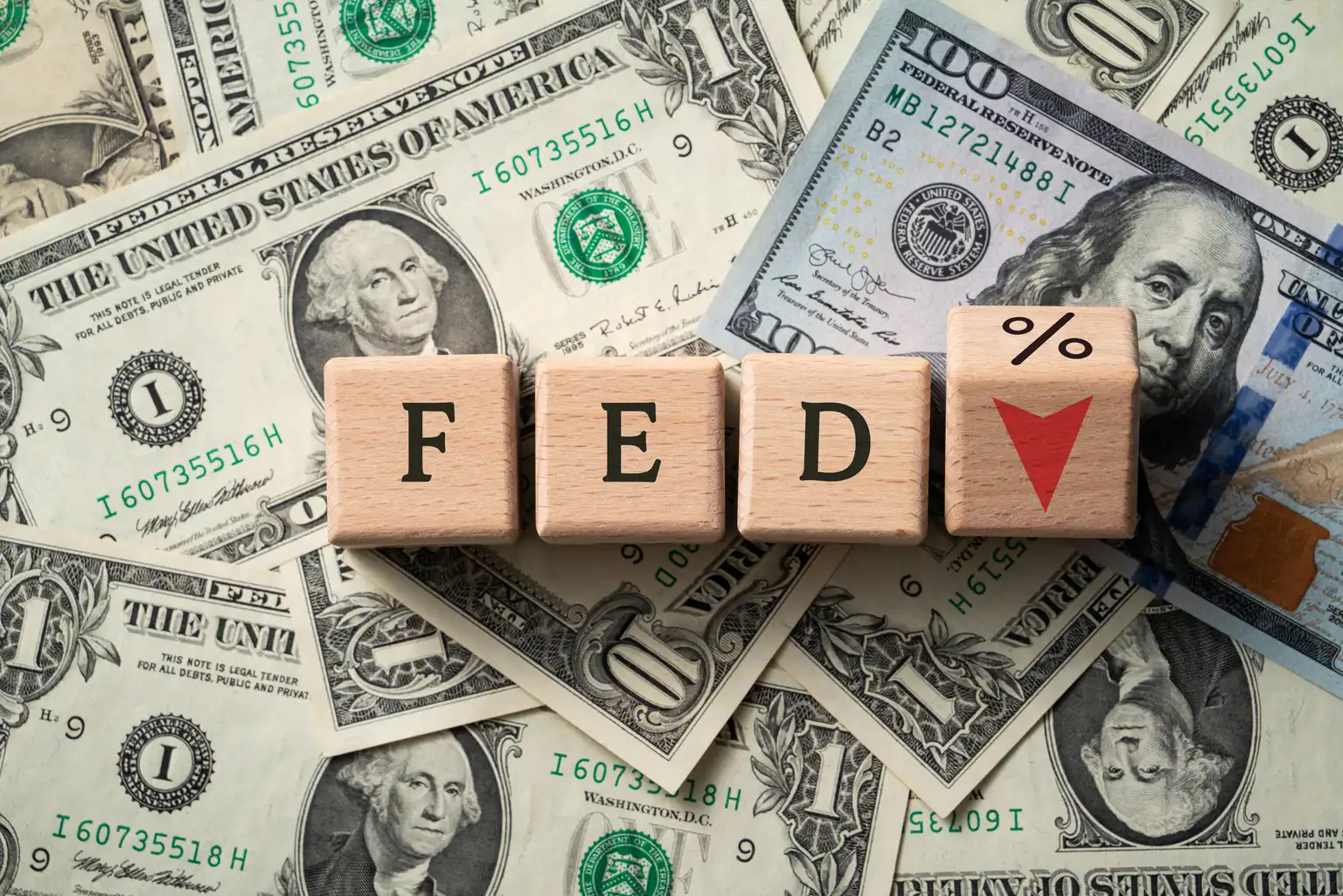
Fed Sets a New Course for the Economy with Interest Rate Cuts
Economy with Interest Rate Cuts: The Federal Reserve (Fed) has long been a key player in shaping the economic landscape of the United States, and its recent decision to cut interest rates has generated significant attention. This move marks a pivotal moment in the economic recovery, and it comes with far-reaching implications for businesses, consumers, and global markets. But what does this decision mean, SmartSTP.com Review – All You Need to Know About the Online and how will it impact the economy going forward?
Understanding the Fed’s Decision
Interest rates are a powerful tool that the Fed uses to influence the economy. When the central bank lowers rates, borrowing becomes cheaper, which can encourage both consumers and businesses to spend and invest more. Conversely, higher rates can slow down inflation and curb excessive spending by making borrowing more expensive.
In recent years, the Fed has been navigating a complex economic environment, balancing inflation concerns with efforts to support growth following the disruptions caused by the COVID-19 pandemic. After a period of aggressive rate hikes to combat rising inflation, the Fed has now opted for a change in direction. Lowering interest rates is aimed at stimulating economic activity, fostering business investments, and boosting consumer spending.
Economic Conditions Leading to the Rate Cut
The decision to reduce interest rates comes at a time when several economic indicators are signaling mixed trends. On one hand, inflation has been showing signs of cooling, with price levels stabilizing in many sectors. However, certain industries and labor markets have also displayed signs of stagnation, and growth has been slower than expected in some areas. By lowering interest rates, the Fed hopes to create a more favorable environment for businesses and individuals to thrive, thus spurring economic growth.
The move also takes into consideration the global economic environment. The aftermath of the pandemic, geopolitical tensions, and shifting global trade patterns have created challenges for economies worldwide. By lowering rates, the Fed is not only addressing domestic economic concerns but also aligning with other central banks in efforts to support global economic stability.
How the Interest Rate Cut Will Impact Consumers
 For consumers, lower interest rates typically translate into reduced borrowing costs. This could make loans and mortgages more affordable, enabling families and individuals to make major purchases, invest in their homes, or start new businesses. Lower rates can also encourage people to spend more, as they face lower interest payments on credit cards and personal loans.
For consumers, lower interest rates typically translate into reduced borrowing costs. This could make loans and mortgages more affordable, enabling families and individuals to make major purchases, invest in their homes, or start new businesses. Lower rates can also encourage people to spend more, as they face lower interest payments on credit cards and personal loans.
For example, homebuyers could benefit from lower mortgage rates, making it easier for them to enter the housing market or refinance existing loans. Similarly, car loans, student loans, and business loans may become more accessible and cheaper. In turn, this could lead to increased consumer demand in various sectors, including real estate, automotive, and retail.
The Impact on Businesses
Businesses are also expected to benefit from the Fed’s decision to cut interest rates. Lower borrowing costs can encourage companies to invest in new projects, expand operations, or hire more workers. This can have a positive ripple effect across the economy, as increased business activity leads to job creation and higher wages.
Additionally, with less pressure on interest payments, businesses may find it easier to manage their debt, enabling them to allocate resources to growth initiatives. This is particularly important for small and medium-sized enterprises (SMEs) that rely on loans for expansion and innovation. By making capital more affordable, the Fed is fostering a business environment conducive to economic growth and job creation.
Broader Economic Effects
On a macroeconomic level, the Fed’s decision to lower interest rates can help boost overall economic activity. By reducing borrowing costs, the central bank hopes to encourage increased investment, consumption, and production. This, in turn, can help address concerns about a slowing economy and lead to higher GDP growth.
At the same time, however, the Fed must be careful not to fuel inflationary pressures once again. While the risk of runaway inflation has moderated in recent months, the central bank remains vigilant about ensuring that the economy doesn’t overheat. If the rate cuts lead to excessive demand and a rapid rise in prices, the Fed may have to take action again in the future.
The Global Impact of the Fed’s Decision
The Fed’s interest rate cuts do not only affect the U.S. economy—they also have significant implications for global markets. The U.S. dollar’s strength, global trade patterns, and international investment flows are all influenced by the Fed’s monetary policies. When the Fed lowers interest rates, it can weaken the dollar, making U.S. exports more competitive in global markets. This could be a boon for American businesses that rely on foreign customers.
Moreover, lower U.S. interest rates can encourage international investors to seek higher returns in U.S. markets, further boosting investments in stocks and bonds. As a result, the Fed’s decision could help stabilize global markets, especially in regions facing economic challenges.
Conclusion
The Fed’s decision to cut interest rates is a bold move that aims to set the U.S. economy on a stronger path to recovery and growth. While it holds the potential for a more vibrant economy, it also comes with risks, including the possibility of renewed inflationary pressures. Ultimately, the effectiveness of this strategy will depend on a range of factors, from consumer and business behavior to global economic conditions.
[sp_easyaccordion id=”4972″]







